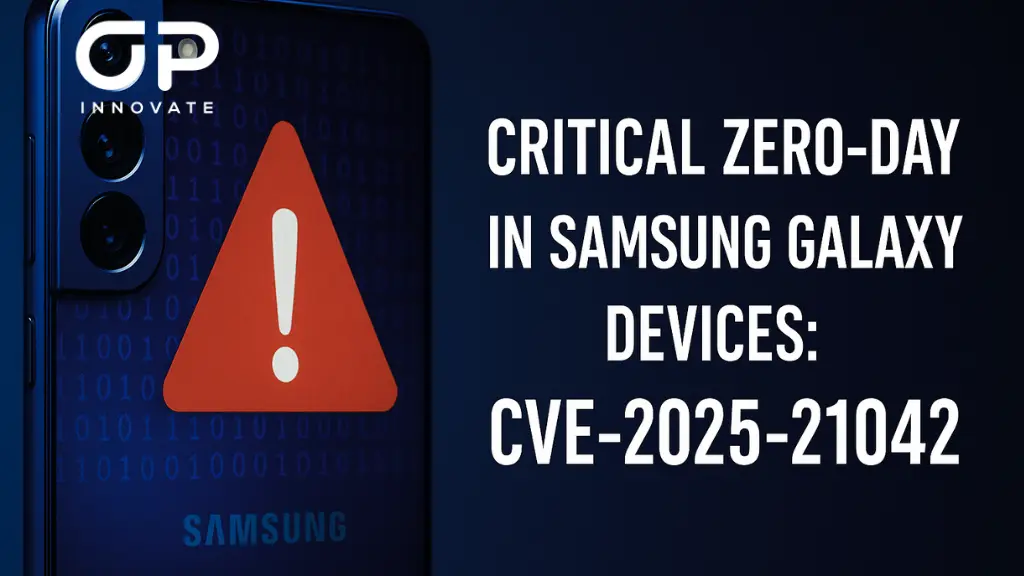A Cyber Security Remediation Plan is a structured approach to identifying, addressing, and resolving vulnerabilities or security incidents within an organization’s IT infrastructure. It serves as a critical component of a broader cybersecurity strategy, outlining the steps necessary to mitigate risks and restore systems to a secure state after a breach or vulnerability has been detected.
The remediation process typically involves several key stages: identification of the issue, assessment of its severity and impact, prioritization of actions based on risk level, and implementation of corrective measures. These measures can include patching software, updating configurations, removing malware, and enhancing security controls to prevent future occurrences. After these steps, the process also includes verification to ensure the remediation was successful and documentation to record the actions taken and lessons learned.
The importance of a Cyber Security Remediation Plan cannot be overstated. With today’s complex threats, the ability to swiftly and effectively remediate vulnerabilities is vital to minimizing potential damage. Without a well-defined remediation plan, organizations risk prolonged exposure to threats, which can lead to significant financial losses, reputational damage, and legal consequences.
What kind of cyber threats need to be remediated?
Modern organizations face no shortage of security threats that should be accounted for with a remediation plan. Here are some of the most common ones:
Malware
Malware, or malicious software includes any software that an attacker might use to infiltrate, damage, or steal systems, networks, or data. Having malware in your systems for a prolonged time can cause a lot of damage to your organization, which is why it must be quickly identified and remediated.
Phishing attacks
Phishing and other social engineering attacks are one of the most common ways criminals get a foothold in an organization’s network. They exploit the human tendencies for trust and urgency to trick them into revealing sensitive information, or perform other actions that benefit the attackers. Remediation involves identifying compromised accounts, resetting credentials, and educating users to prevent future incidents.
Ransomware
Ransomware is a type of malware that encrypts sensitive data and demands payment. Remediation requires restoring data from backups and closing the vulnerabilities that allowed the ransomware to infiltrate the network.
Insider threats
Employees and contractors can also cause harm, whether intentionally or accidentally. To remediate this risk, it’s important to leverage principles like least privilege and zero-trust, which gives minimum access to users based on their job function.
DDoS attacks
A DDoS attack overwhelms systems with traffic, causing shutdowns or major disruption. The best way to stop such attacks is through rate limiting and installing a Web Application Firewall (WAF). Following a DDoS attack, remediation efforts would mainly focus on identifying the source of the attack and restoring normal service.
Unpatched software
Outdated or unpatched software can be exploited by attackers to gain unauthorized access. Remediation requires regular patch management and updating software to close these security gaps.
Configuration errors
Misconfiguration is a common source of risk, especially as organizations increasingly migrate to the cloud. All configurations must be regularly audited to ensure they align with security best practices.
Types of cyber security remediation
There are various approaches, tools, and platforms that can aid with security remediation efforts. These can be broadly categorized into manual and automated solutions, with additional strategies like antivirus software, employee training, and third-party integrations.
Manual vs. automated remediation solutions
Manual Remediation involves human intervention to identify, assess, and mitigate security threats. This approach is often necessary for complex or highly sensitive issues that require in-depth analysis and decision-making. Manual remediation might include steps like manual penetration testing, configuration changes, and detailed investigations into security incidents. While it allows for a tailored response, it can be time-consuming and prone to human error, especially in complex environments.
Automated Remediation solutions, on the other hand, use technology to detect and respond to security incidents with minimal human intervention. These solutions leverage artificial intelligence, machine learning, and predefined rules to quickly identify and address threats. Automated tools can deploy patches, isolate affected systems, and block malicious activities in real time, significantly reducing the time to remediation and the risk of human error. While automation enhances efficiency, it may not be suitable for all scenarios, particularly those requiring nuanced judgment or customization.
Other remediation strategies
Perhaps the oldest security remediation tool out there is antivirus software. Traditional antiviruses are known for blocking malicious websites and files before they can cause harm. Modern antivirus solutions take it a step further to include behavioral analysis and heuristic methods, enabling them to identify and mitigate new or evolving threats.
Employee training is another critical aspect of security remediation, addressing the human element of cybersecurity. Well-trained employees are better equipped to recognize phishing attempts, avoid unsafe behaviors, and respond appropriately to security incidents. Regular training not only mitigates the risk of human error but also empowers employees to become active participants in the organization’s overall security strategy.
While the modern cybersecurity landscape involves many threats, it also brings various solutions to combat them. Organizations can now leverage various third-party integrations – platforms, tools, and services that enhance their security posture by providing specialized tools, expertise, and automated capabilities to detect, respond to, and remediate threats more effectively.
Strategies for Cyber Security Remediation
Assess your current risk level
The first step in any remediation strategy is to assess your current risk level. This involves conducting comprehensive risk assessments and penetration tests. Regular assessments help to maintain an up-to-date view of your security posture, allowing for proactive rather than reactive remediation. By understanding your organization’s unique risk profile, you can prioritize remediation efforts on the most critical areas, ensuring that resources are allocated efficiently.
Stay alert with continuous monitoring
Continuously monitoring your network, endpoints, and applications for signs of suspicious activity allows you to catch any anomalies quickly and react to minimize the damage. A lot of attackers will try to set up a foothold inside your network before striking, and they can be very difficult to catch without real-time monitoring that detects subtle changes in behavior or unauthorized access attempts.
Work to remediate identified vulnerabilities
Once you’ve identified a vulnerability or security threat, it’s important to take swift and decisive action to remediate them. This may involve patching software, updating configurations, or removing malicious files and code. To be effective, remediation efforts must be well coordinated between IT, security, and operations teams to ensure that vulnerabilities are addressed holistically.
Empower employees to carry out remediation efforts
Employees are the most important line of defense in cybersecurity. By having a workforce of security-aware individuals, you can remediate incidents quickly by allowing employees to respond to minor security issues directly, without needing to escalate every incident. The only way to achieve this is by providing employees with regular awareness training to help them recognize potential threats and appropriate measures.
Repeat the above process
Cybersecurity is not a one-time effort. It requires constant adjustment and improvement to be able to handle increasingly complex threats and attack vectors. It’s important to regularly revisit each step to ensure that your security measures remain effective and that new vulnerabilities are promptly identified and addressed.
Five tips for crafting a cybersecurity risk remediation plan
With the above strategies in mind, here are some actionable tips that will help you carry them out and guarantee your remediation efforts are efficient, effective, and tailored to the unique risks your organization faces.
#1: Use monitoring tools
Effective remediation starts with continuous monitoring. Employ a range of monitoring tools that provide real-time visibility into your network, endpoints, and applications. These tools help detect anomalies, suspicious behavior, and potential breaches before they escalate. An effective setup involves installing firewalls and intrusion detection/prevention systems (IDS/IPS) while consolidating their logs into a centralized platform, such as a security information and event management (SIEM) system.
#2: Define acceptable risk thresholds
It’s impossible to avoid 100% of risk effectively. Cybersecurity is a game of prioritization, where higher-risk vulnerabilities are addressed first to minimize potential damage, while lower-risk issues are managed over time to improve security without overwhelming resources. Clearly defining risk thresholds for vulnerabilities to allocate resources effectively and help your team focus on the most critical issues first.
#3: Decide who should be involved
A plan is worth nothing without having people to carry it out. Cybersecurity remediation is a cross-functional effort that requires collaboration across multiple teams, including IT, security, compliance, and leadership. Clearly define roles and responsibilities within your plan, identifying who will be involved in each stage of the remediation process. For example, the IT team may be responsible for conducting vulnerability assessments, while the legal team ensures compliance with regulations.
#4: Notify your vendors proactively
The security of your business is closely tied to that of your vendors, partners, and other third-party providers. Vulnerabilities in one part of the supply chain can easily create ripple effects, exposing your entire ecosystem to heightened risks. When a vulnerability is discovered, it’s essential to notify your vendors immediately, especially if their systems or services are integrated with yours.
#5: Use data insights to drive improvement
Data is a valuable resource for improving your remediation efforts over time. Leverage data insights from previous incidents, monitoring tools, and security assessments to identify patterns and areas for improvement. This can help refine your remediation strategies, enhance threat detection, and prevent future vulnerabilities from arising.
Cybersecurity remediation with OP Innovate
At OP Innovate, we specialize in comprehensive cybersecurity remediation strategies that address vulnerabilities at every level of your IT infrastructure. From manual assessments by our expert team to automated solutions that continuously monitor and neutralize risks, OP Innovate provides a multi-layered defense that adapts as new challenges arise.
Whether you’re dealing with malware, insider threats, or vulnerabilities from third-party vendors, OP Innovate’s powerful WASP platform, combined with our certified experts, helps you tackle every challenge so you can focus on running your business securely and confidently.









